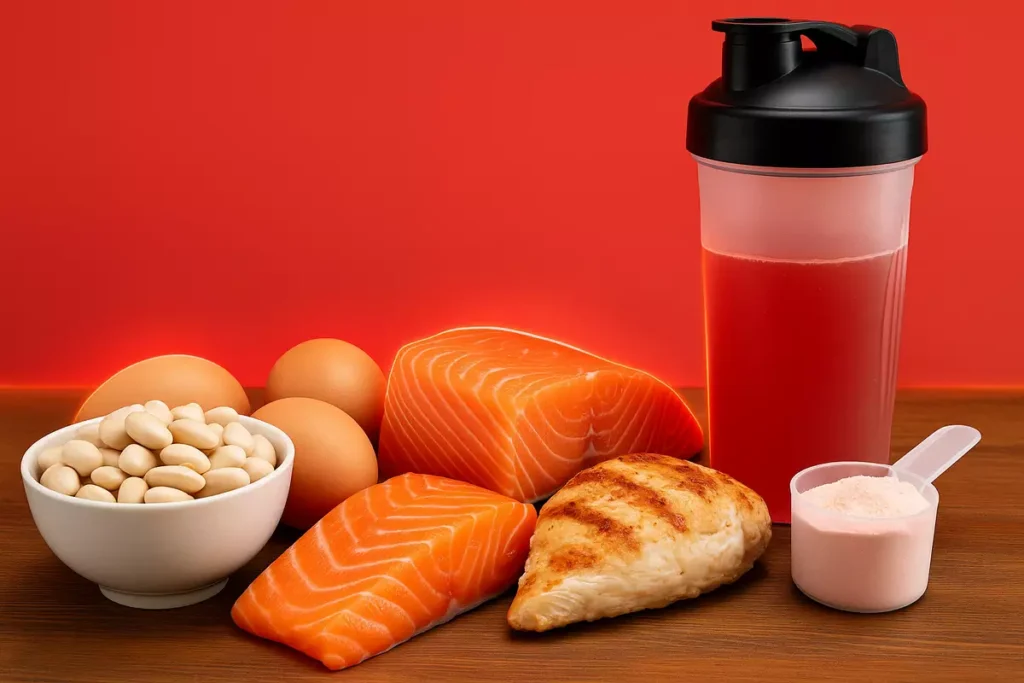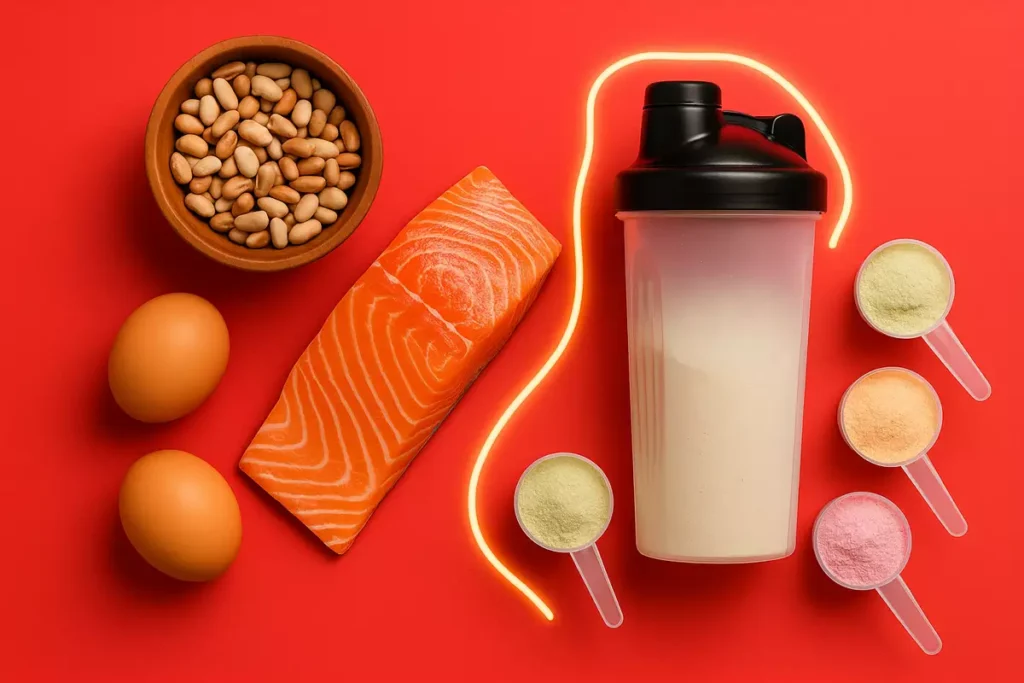Athletes push their bodies to the limit, but intense training can weaken the immune system and increase the risk of sickness.
That’s where Essential Amino Acids (EAAs) step in. They don’t just fuel muscle growth—they also help strengthen immunity, speed up recovery, and keep you performing at your best.
From my own coaching and personal experience, EAAs have been a game-changer in reducing fatigue, cutting down on colds, and keeping athletes consistent in their training.
Table of contents
EAAs and Immunity in Athletes
If you train hard, you’ve probably felt the toll it takes on your body—not just in your muscles, but also on your immune system.
The good news is, Essential Amino Acids (EAAs) can do more than just help with muscle repair. They also support your immunity and reduce your chances of getting sidelined by fatigue or colds.
From my own training and coaching experience, I’ve seen EAAs play a direct role in keeping athletes strong and healthy.
What Are EAAs and Why Athletes Need Them

EAAs are the building blocks of protein that your body can’t make on its own. You have to get them from food or supplements.
For athletes, EAAs are crucial because they fuel muscle repair, support energy, and maintain overall health. Without them, recovery slows down, and your immune system struggles to keep up with the stress of training.
If you want to dig deeper into their muscle recovery benefits, I recommend reading this guide: EAAs Help DOMS Recovery.
How EAAs Support the Immune System
EAAs play a direct role in producing white blood cells and antibodies—the “soldiers” that defend your body.
They also help regulate inflammation, which tends to spike after tough workouts. That’s why athletes who use EAAs often report fewer colds and less post-training fatigue.
Personally, when I started taking EAAs regularly on my intense training days, I noticed I wasn’t as drained the next morning, even after long strength sessions.
Scientific Evidence Behind EAAs and Immunity

Research shows amino acids like leucine, lysine, and threonine are linked to stronger immune responses. For athletes, this means faster recovery not just in the muscles but also in the immune system.
In practice, I’ve seen this play out with clients: Daniel from Germany used to get sick almost every winter. After adding EAAs to his training routine, he went through the whole season without missing workouts.
That’s science meeting real life. You can also explore different blends in this article: Best EAA Ratio for Muscle Growth.
Best Timing and Dosage for Athletes
From my experience, timing makes a difference. I’ve found intra-workout and post-workout EAAs work best.
During training, they help preserve muscle and keep energy levels steady. Post-workout, they speed up recovery.
For example, during a cutting phase, I relied on EAAs right after workouts, and I felt far less run-down compared to times when I skipped them.
If you’re curious about combining them with other supplements, check out this resource: EAAs and Creatine Pre-Workout Combo Guide.
Food vs. Supplement Sources of EAAs

You can absolutely get EAAs from foods like eggs, chicken, beef, and fish. I encourage athletes to make these their foundation.
But when time is short, supplements are convenient. For example, Maya from Canada was preparing for a marathon and couldn’t always get a meal in right after long runs.
EAAs in supplement form gave her that quick support and helped her feel less drained. Personally, I use both—real food first, supplements for support.
For a deeper dive, read this comparison: EAAs vs Whole Food Protein.
Practical Tips for Athletes to Stay Healthy
Here’s my trainer’s advice:
- Don’t rely only on EAAs. They’re a support tool, not the main solution.
- Prioritize sleep, hydration, and whole foods. EAAs work best when your lifestyle is in check.
- Adjust based on training load. Use them more often during heavy sessions, calorie deficits, or high-stress periods.
I had a client, Kenji from Japan, who once felt stomach discomfort when drinking EAAs too fast. We solved it by diluting them with more water. Small adjustments make a big difference.
If you’re wondering about flexibility, read more here: EAAs Multiple Times a Day or EAAs for Travel and Muscle Preservation.
Trainer’s Takeaway
EAAs are not a magic bullet, but they’re one of the smartest tools you can add to your training routine.
They support your immune system, reduce illness risk, and speed up recovery—especially when paired with good sleep, nutrition, and hydration.
From my own training and my clients’ real-world results, I can confidently say: if you want to stay strong, train consistently, and avoid unnecessary setbacks, EAAs are worth considering.
For an easy start, try adding them post-training: EAAs Post-Workout Recovery Shakes.



Leave a Reply